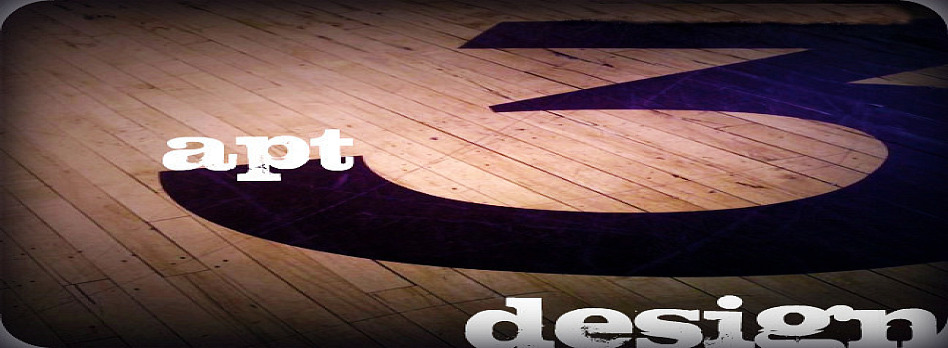
Viza Arlington of VIZArt - Fishes (4-block print - 9 x 14)
Week two of Winter term 2011 has almost ended for me. My studio art course this term is Printmaking 270 - woodblock printing. Our first project is based on the theme "Observation"--either observing or the idea of observation. Last week McClain's print supply paid a visit to our class and I purchased my supplies from their fine selection of tools and papers.
Hasui Kawase - Clearing after a Snowfall, 1944
Wood blocks have been used for printing for at least two thousand years and their earliest application was most likely as designs for textiles in China, India and Egypt. The art of wood block printing on textiles was also practiced in Europe during the early Middle Ages and reached a climax of perfection in eighteenth century France and England.

Kubo Shunman, Japanese, 1757–1820 (5 ½ x 8 3/8 in.)
One of the first forms of wood block printing done on paper (otherwise known as block book printing) was carried out by Buddhists to transcribe and disseminate the text and images of Buddhist deities. Printing with the same block of wood offered a way to mass-produce, in scroll form, the sacred words and images.
Annette Haines - Peace (Hindi stray dog, 10 x 8¼ in.)
One of the earliest known Chinese woodcuts of text and image is the 17-foot long Diamond Sutra, which was discovered in a walled-up cave in 1907 and dates from 868 A.D. The assured style and beauty of this wood block print suggests that in China wood block printing must have already undergone a long period of maturation, many centuries before western woodcuts developed.
Andy English - Monet's Gardeners (150 x 100 mm)
One of the oldest surviving records of European wood block printing is a fragment of a block depicting a Crucifixion. This block is known as the Bois Protat and is dated to 1380--500 years after the oldest known Chinese wood block print.
Tom Killion - East Pinnacles Creek, 2002
At the beginning of the fifteenth century, woodcuts were commonly used to provide cheap illustrations of religious subjects. Religious texts were also cut into the same block and the resulting prints were hand water colored. Later that century woodcuts were beginning to appear as illustrations alongside type in Germany, the Netherlands and Austria. A number of great artists such as Durer, Holbein and Cranach also created woodcuts with the assistance of professional cutters.
Kirsten Francis - Lead (8-color reductive print, 17½ x 16 in.)
During the eighteenth century boxwood blocks were used for printing with fast running printing presses. This was because the resilience of the material was ideally suited to the printing presses and the fine grain made the wood ideal for fine and detailed work. In the nineteenth century woodblocks were mainly used for cheap commercial illustrations of all kinds, and today is enjoying a resurgence of interest among visual artists and letterpress printers alike.

E. Kato - Street Scene in the Rain at Night (color woodblock print, 1930)
Woodblock printing can technically be divided into woodcut and wood engraving. The woodcut is created on the side grain of the wood while on the other hand wood engraving is worked on the end grain of the wood.

Tea & Ink Studio - Market Day (8¾ x 10½ in.)
Printing a woodcut is simple. Oil or water based ink is worked on the surface of an ink slab (which is made of Plexiglas, stone, marble or plate glass). A brayer is then used to roll up the wood block, which is usually made of gelatin. The block can also be inked with a dabber, which is a cotton pad covered with leather or silk. Soft, thin, tough paper such as rice paper, Japanese paper or other comparable European or American papers are best for woodcuts. The block is then printed by either rubbing a burnishing tool over the back of the paper as it rests on the inked block, or by printing the block on a press.

Kiran Ravilious of Inkling Prints -Linen Cushion Cover with Green Fern Motif (lino cut, 11½ x 19 in.)
Colored wood block prints can be created by either using a number of separate color blocks, which when printed together create a complete picture.Information via. Artist and print credits are shared below each image and linked to their sites when available.





Those are amazing! I really love the Japanese birds. Beautiful work! Thanks for sharing about wood block printing.
ReplyDeleteCheers!
Julie
Julie Magers Soulen Photography